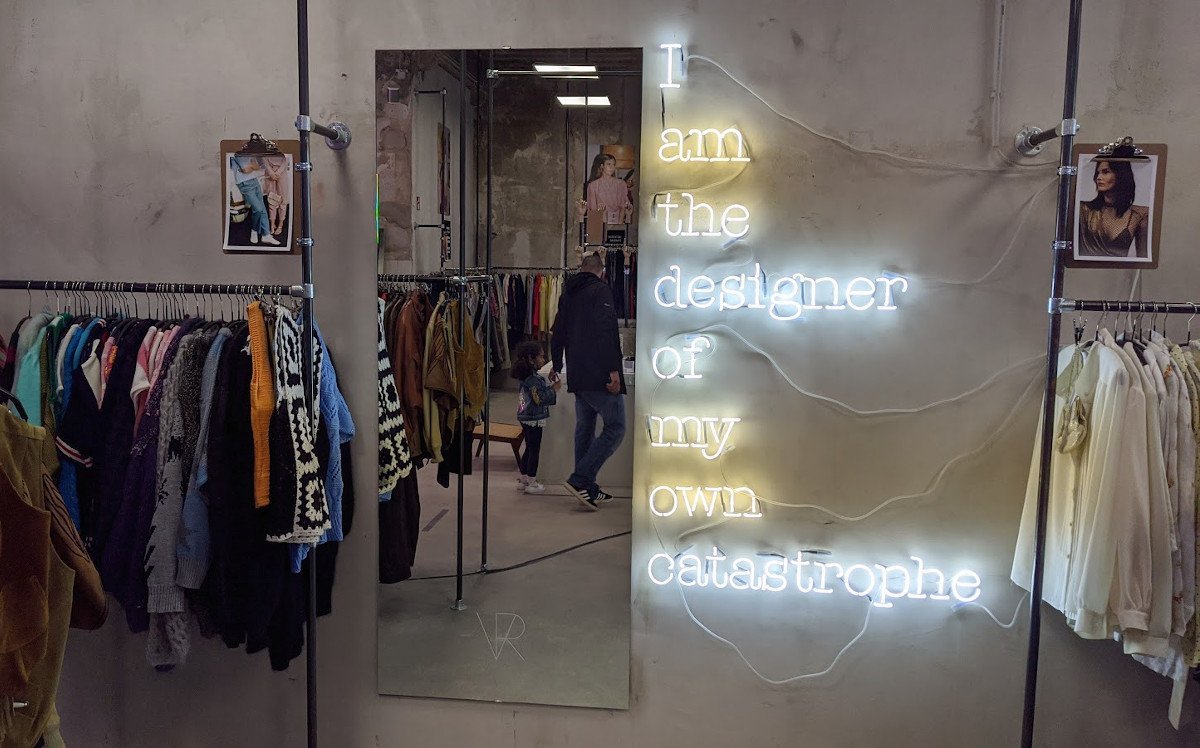For a long time, the roles between digital signage software providers (ISV), integrator and B2B user were clearly divided. But the boundaries are blurring, recently accelerated by COVID19. Rolls in the value chain are shifting. A selected few of the market players are reposition themselves and are particularly innovative.
Till recently, the distribution off areas of activities in digital signage market were simple: CMS providers developed a software platform, integrators adapted the CMS to the requirements of their customer. If necessary, integrators also developed Application Programming Interfaces (APIs) to connect various back end and customer facing applications to the digital signage platform. In addition, the integrator trained end-user user and maintained the system. This setup results often in another silo installation for the end-user. Today many global enterprise organizations operate a few dozen different CMS platforms in their portfolio.
Neither customers nor providers of digital signage software were satisfied with this status quo. One reason why market player like Scala, Grassfish and Co. have been looking for new roles in the value chain and started adapting their business model. Most prominently Stratacache, after acquiring Scala, transformed to become a full-service end-to-end solution provider. Today the solution offering includes much more than software, everything from concepts, installation to media players and screens. The digital signage one-stop solution. While the full-service approach seems to work for Stratacache & Co, the business strategy does not leave much room for software agnostic integrators.
Full-service offers provide software and hardware from one source and prevent silo projects.
Not only Stratacache/Scala want to optimize their business model. Vienna-based Grassfish announced in summer 2019 that they plan to take a more active role. The former CMS-only provider changed its role by actively pursuing direct business as a general contractor. Similar to the Scala strategy, Grassfish wants to own the project. While Grassfish doesn’t offer end-to-end solutions (yet), they want to be in control by choosing fitting project partners (e.g. Integrator). The switch of roles changes everything for integrators – they have become junior partners with high dependence from their former most important supplier. From the software business‘ point of view, this is a logical development – because their past share of approximately 5% (license revenue) of the total project was hardly profitable.
Data brings a breath of fresh air
Will in the future only vertically organized full-service providers prevail? Not necessarily. New platform providers are starting to address the market by trying to gain market share with disruptive business models. Whether Adobe Experience Manager, Salesforce, SAP or the global consulting firms Accenture and Deloitte Digital. All of them are bringing a breath of fresh air to the enterprise market – through what are now mostly data-driven customer experience concepts.
On the other hand, some direct-business digital signage providers are also very active and successful. For example, Intuiface is setting new trends and gaining market share. The French American touch specialist offers no-coding vertical solutions that are primarily subscribed to directly by agencies or B2B users. In contrast to technology driven digital signage integrators, creative agencies add value by creating content and less so by coding or complex hardware installations.
Reference designs for quick solutions
Integrators as intermediaries nevertheless have an important role to play, namely in concept design. Intuiface relies on a reference design strategy that its partner Intel has established over decades. The free templates include fully functional project sample, process workflows, detailed instructions, supporting videos and access to support. Intuiface developed new reference designs (access management, alternatives to touch interactions) to help organizations adapt to the new demands of social distancing and touch anxiety.
Especially in times of COVID19, easily be implemented solutions are in high demand. The project samples can be used one-to-one without additional coding. Agencies, integrators, and internal creative teams adapt design, hardware, and workflow to the specific project if necessary.
This ready-to-use template approach is new to the digital signage industry. Most software vendors make application frameworks available for selected partners under NDA. End customers get no access. With new, more transparent business models, direct business providers want to be perceived as thought leaders in the market and will change long established roles in the value chain.
Get full access to all invidis yearbook articles – it’s free!
Download the industry bible for more analysis and market data. Secure your personal copy now – it’s free of charge.
